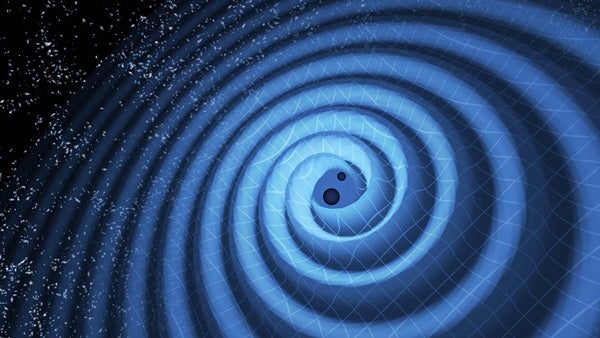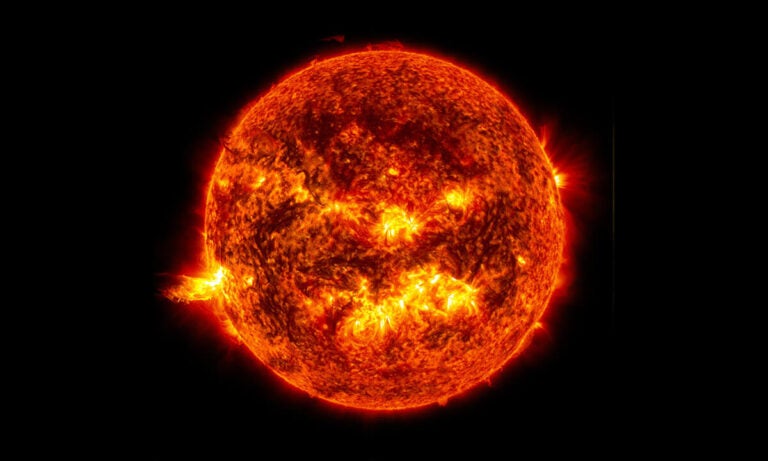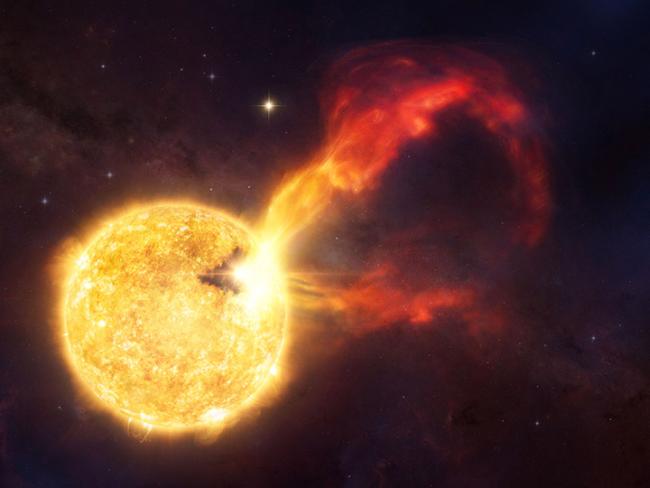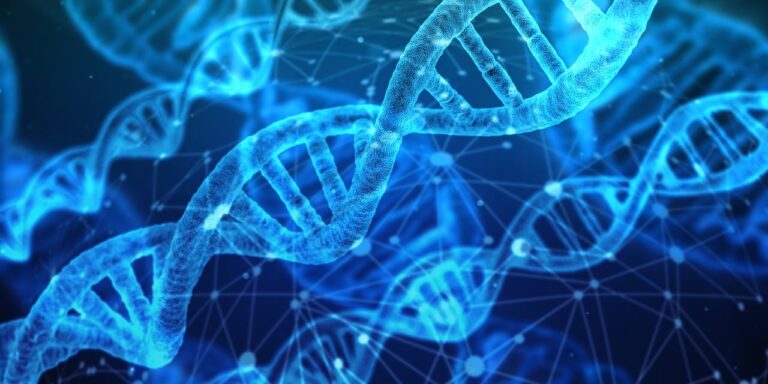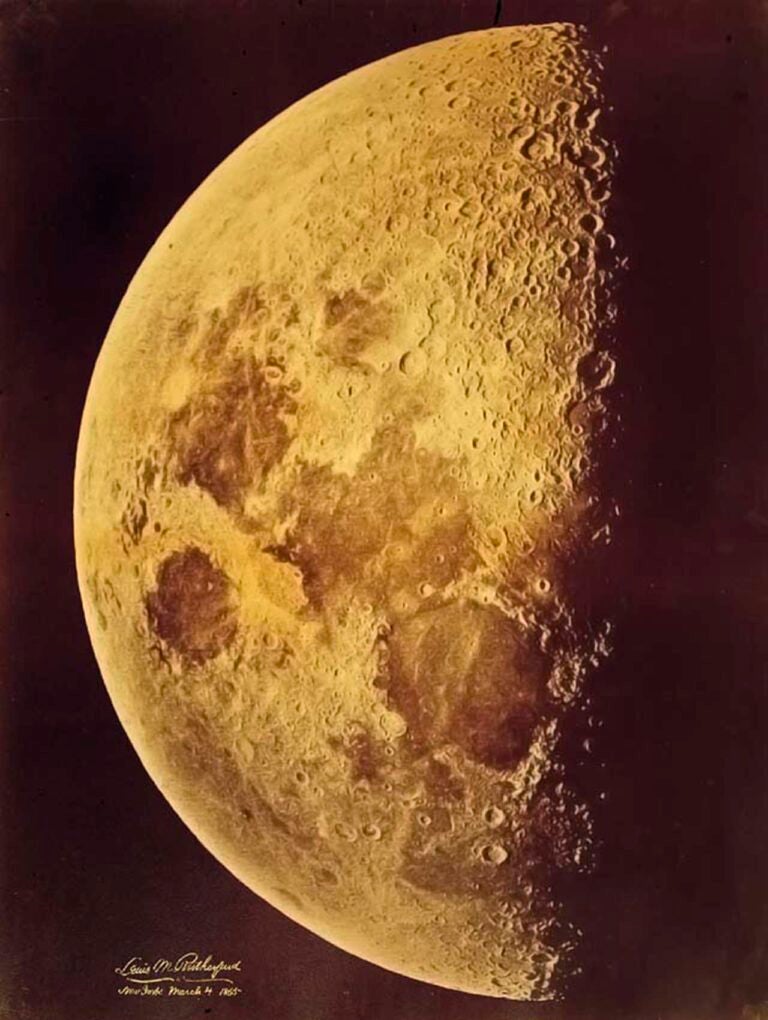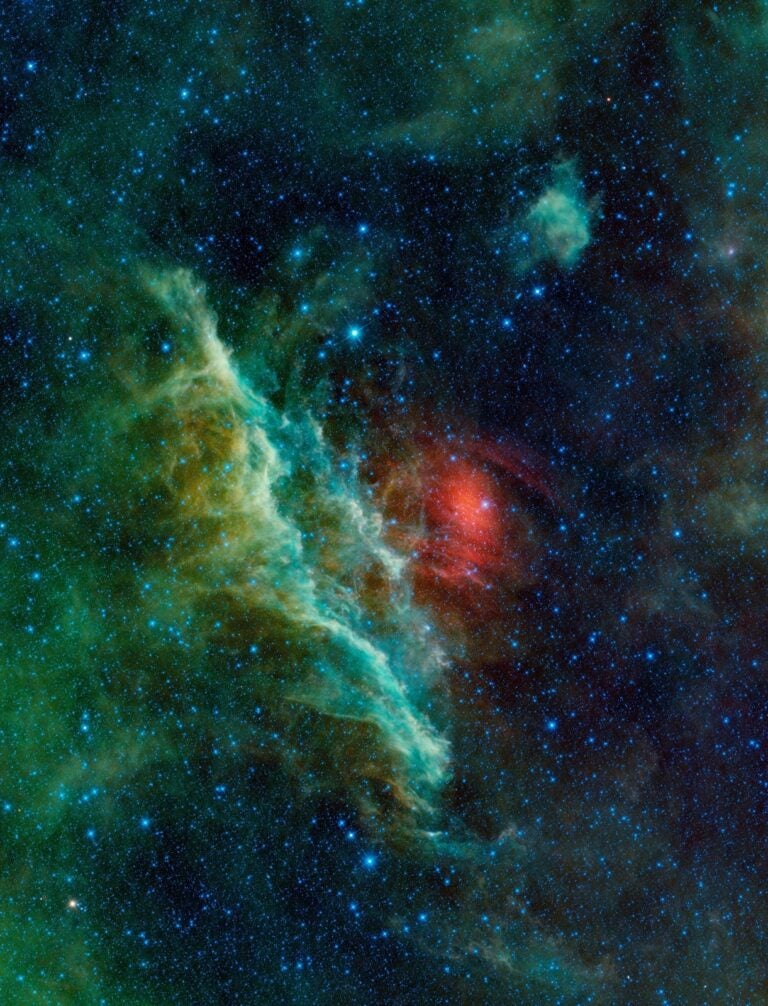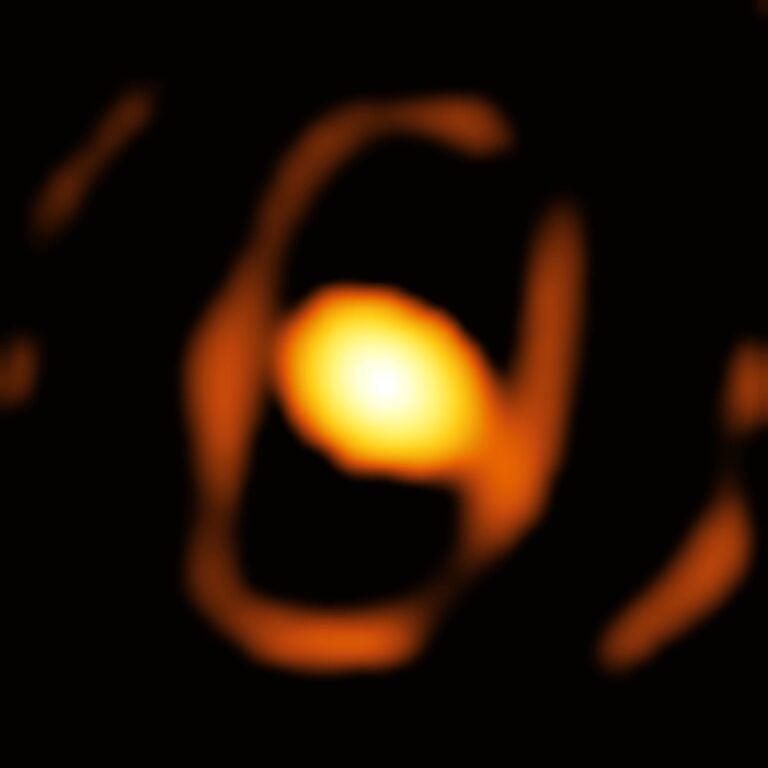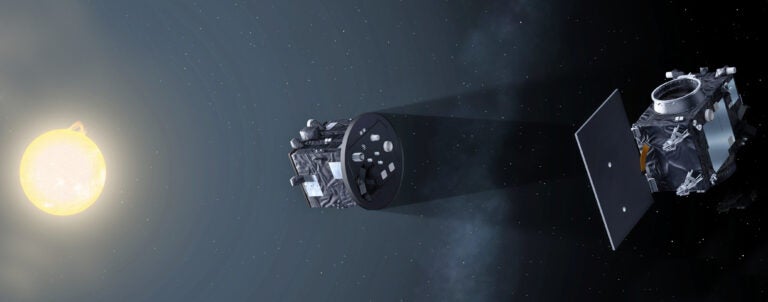Gravitational waves are ripples in the fabric of space and time that travel at the speed of light. The existence of these waves, which Einstein predicted in his theory of general relativity, was announced in February by the Advanced LIGO Scientific Collaboration.
One core aspect of quantum mechanics, called wave-particle duality, holds that every wave that is the carrier of a force (such as gravity) also is represented at the quantum level by individual particles that are “mediators” of the force. All of nature shows this dual wave- and particle-like behavior. Hence, the hypothetical particle called the graviton is thought to be the corresponding particle at the quantum level to gravitational waves. It is not yet known if gravitons exist, but they are predicted in speculative theories such as string theory, which attempts to unify all the forces of physics, including gravity, with quantum mechanics.
Because gravitational waves travel at the speed of light and gravity has an infinite range of action (all masses attract each other, no matter how far way, even as that force drops), this means that gravitons ought to be massless.
Professor, Physics and Astronomy,
Carthage College

